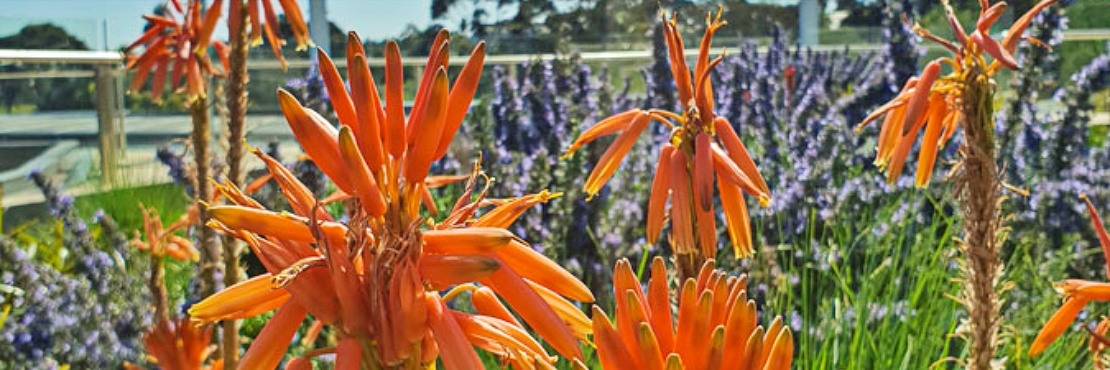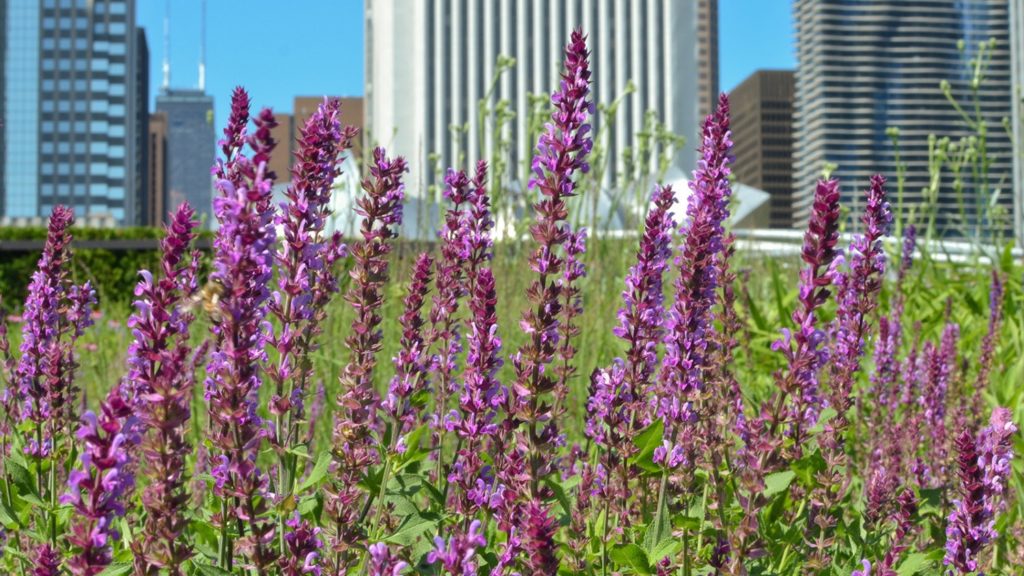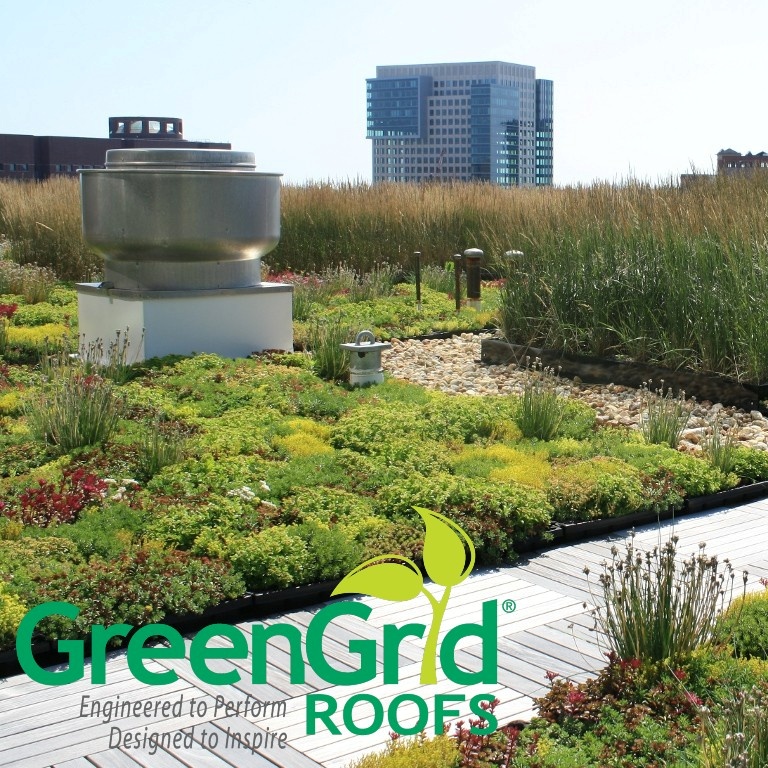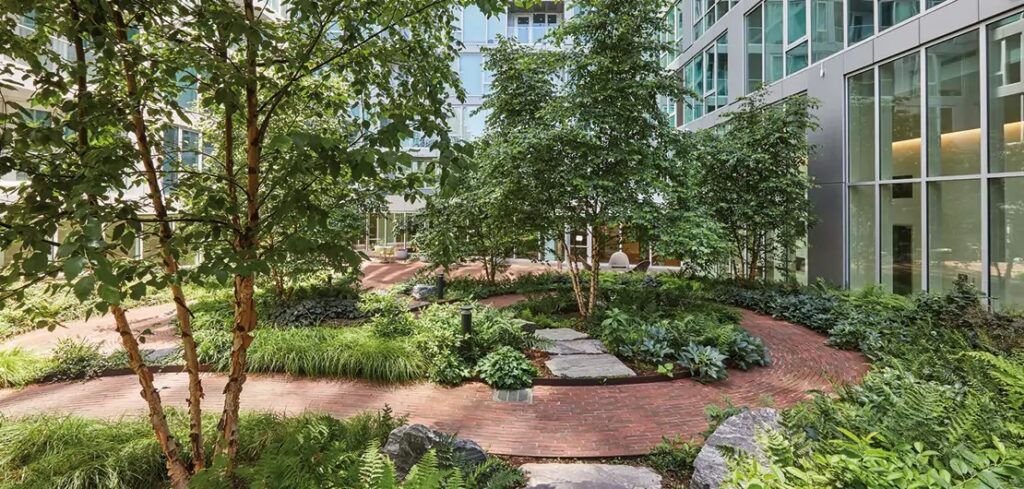Roof gardens are inherently specialized. They are a departure from terrestrial gardens on a range of levels, notably height above ground, reduced available rooting volumes, changes in growing media to suit use on structures and just as importantly, the stresses imposed upon plants that are grown above- and on “the edge” of buildings.
Plants are dynamic lifeforms that are evolving within mixed species communities in a range of habitats which are different due to their conditions and the stresses inherent to their unique locations.
Climate type; soil type; nutrient availability; sun; shade; wind and moisture all impact how plants grow, the forms they evolve, and how these forms impact their capacity to cope with change.
These factors are the basic considerations most gardeners and designers think of, though these are entry-level considerations forming the foundation upon which ecologies evolve. Plants do not grow in isolation as specimens evolving in a static environment, they develop amidst competition for all the aforementioned resources with random challenges influencing them amidst storms, droughts, herbivore migration and short- and long-term changes to the balances within their immediate and extended environment. Consequently, plants are in a process of persistent evolution, attempting to survive seen and unseen influences.
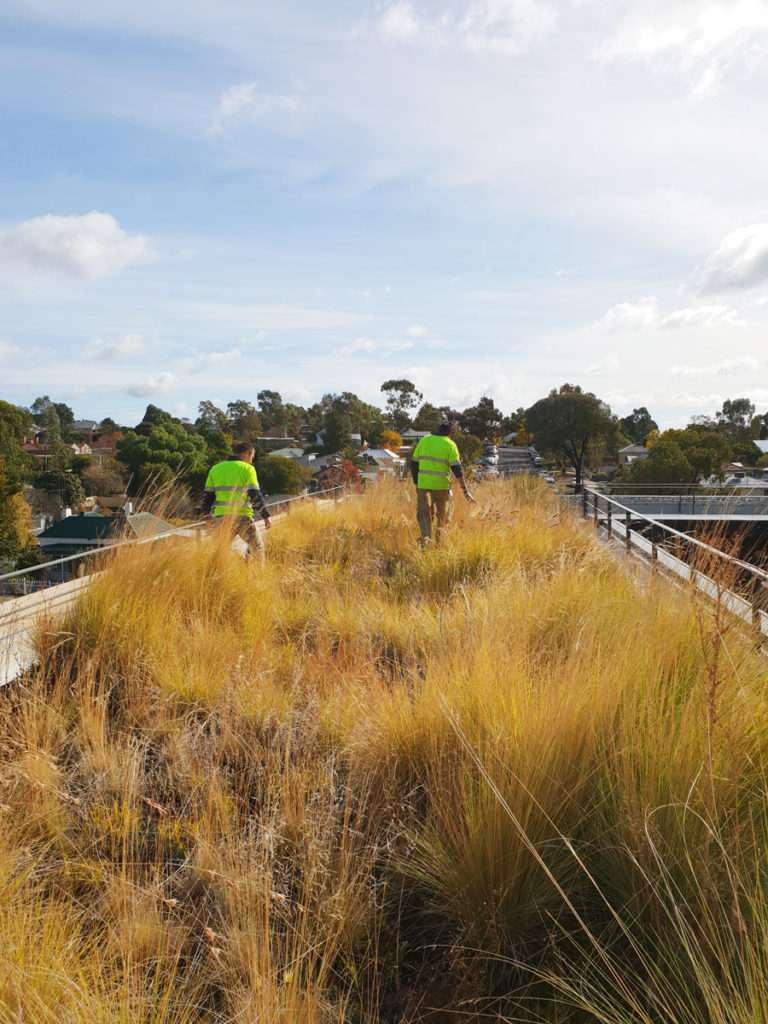
Image Credit: Fytogreen Australia
The form, size, colour, and rate of growth and reproduction plants evolve are merely the visible aspects we so readily observe. Whilst medicine, education and the science continue to learn and understand life progresses, we’re realizing we need to gain higher understanding of what things are and how they fit into their environment to better use, treat, and wield them most effectively. This extends not only to humans as animals but plants upon which our entire human habitat evolves, which feeds the animals and other plants we rely upon to survive and which prop up our ability to live within this closed ecological system on Earth.
Ornamental gardens are part of human habitats whether they are merely visual extensions of what we seek to surround ourselves with, or rendered into usable, multi-functional installations capable of providing extended benefits to humans and our wider environment. Roof gardens are key solutions to achieving this in our built environments. Healthy, dynamic and adaptive roof gardens require healthy, dynamic, and adaptive plants. Whilst plants do not function in isolation, we therefore understand that achieving favourable outcomes offering longevity and adaptability require healthy, dynamic, and adaptive plant communities, mixed-species plantings functioning as more than the sum of their parts.
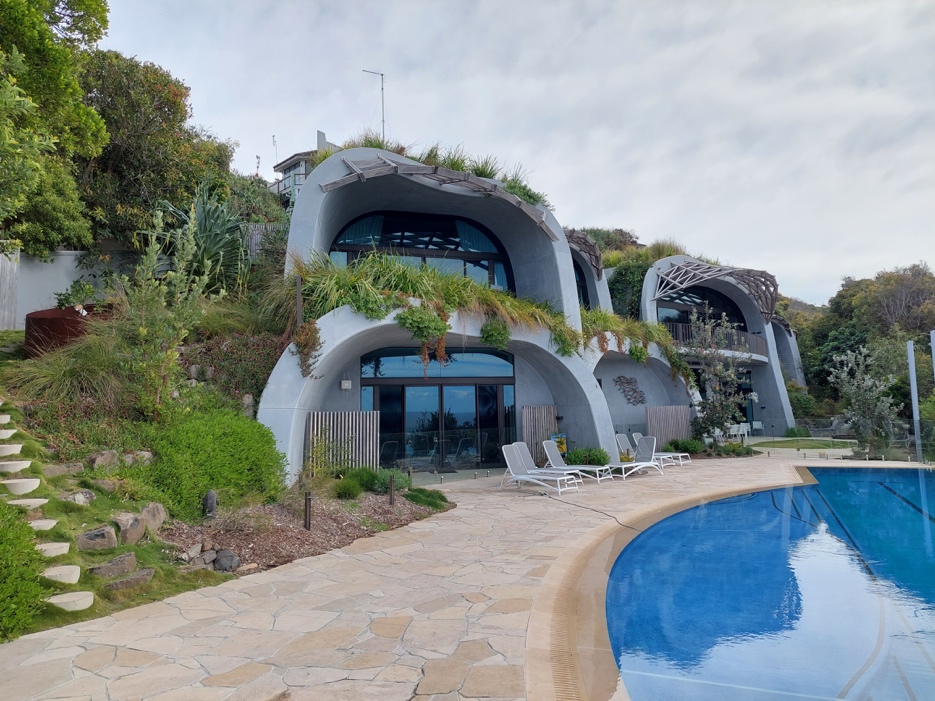
Image Credit: Fytogreen Australia
Evolving Roof Garden Biodiversity
Each garden is therefore an ecology, where constant competition for space and resources plays out as a process of unfolding as gardens mature. Static gardens are snippets of reality, held in suspension through ongoing human effort and as such offer reduced sustainability, ecological functioning and support not only for the garden, but the roof garden industry as a living and evolving entity.
Biodiversity in roof gardens is therefore not a choice based upon aesthetic alone, biodiversity is a technology, it hosts the moving parts that comprise a biological engine that can be harnessed to achieve a range of outcomes, a vehicle that increases its influence over a wider area than its mere footprint.
This is an exciting space to be as a designer, a client, and for the wider industry. Biodiversity is increasingly required to address the challenges inherent to gardens located within the urban sphere.
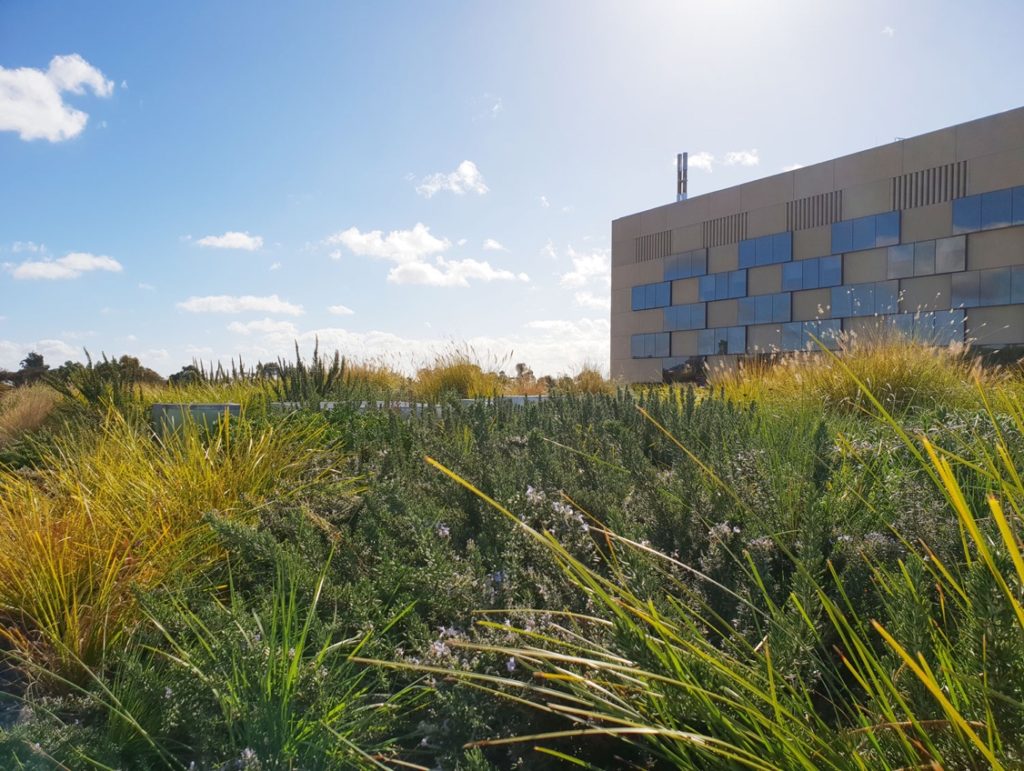
Image Credit: Fytogreen Australia
Achieving the above outcomes for roof gardens requires specialized design input. Understanding the technology, its tolerances, capacities, and local climate conditions is paramount. Similarly, the technology is best utilized by understanding which plants perform best in roof garden conditions. Plants are constantly trialed and monitored through long-term maintenance, post installation, allowing us to generate a detailed detailed understanding of performance.
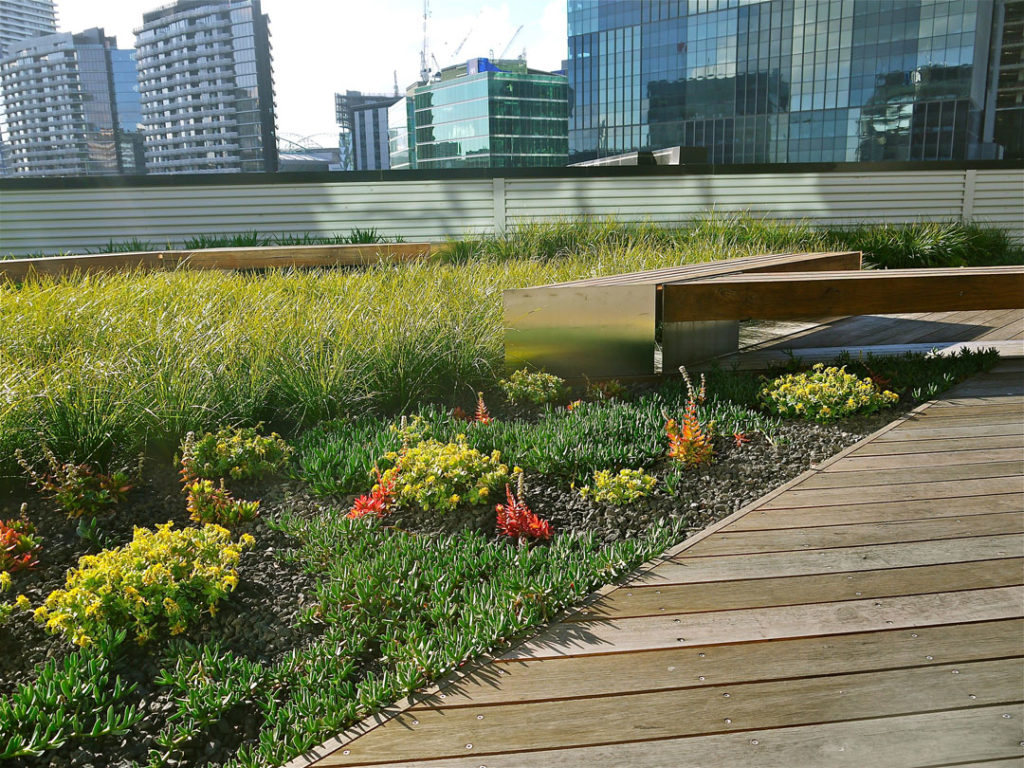
Image Credit: Fytogreen Australia
Roof gardens experience diverse exposure types which may frequently not be experienced by terrestrial gardens; therefore, species selection is often significantly different to how we would design a general garden outcome. Many species well adapted to use in roof gardens come from habitat types which display similar exposure types akin to specific roof garden exposure types. Wind exposures involving high levels of turbulence or laminar air flows, coupled with rapid transitions between moist and dry cycles and root zone heating, require species with specialist adaptations to survive or thrive within, thus it is not unheard of that a succulent or drought tolerant species may not survive in a roof garden even though they display such traits in the general landscape.
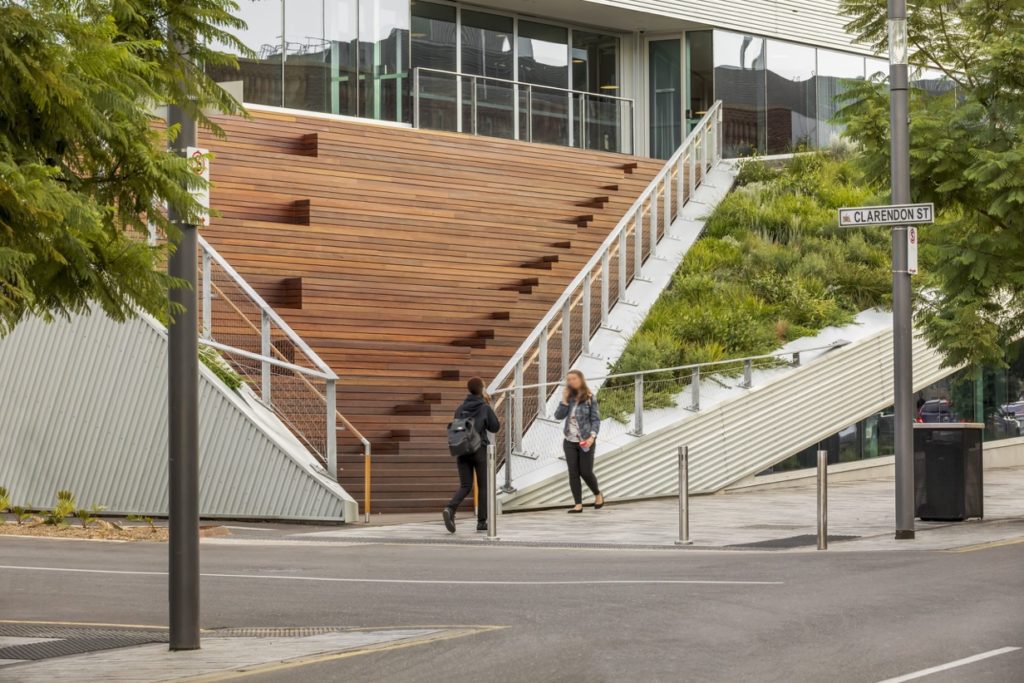
Image Credit: Fytogreen Australia
By extension, the ecologies and companion species associated with a particular species or exposure type evolve specific traits to deal with such exposures. In many cases assessing a single species in isolation may not provide notable benefit to a roof garden’s function as a whole whilst the plant community, when functioning as an integrated whole, may be much more resilient, dynamic, responsive, and consistent than the sum of its parts. Certain species provide wind protection, others provide sun protection, many thrive in the shade of others and act as living mulches, whilst many others may seed and prevent weed influx between a host of long-lived and structural species which offer diverse habitat types and visual interest.
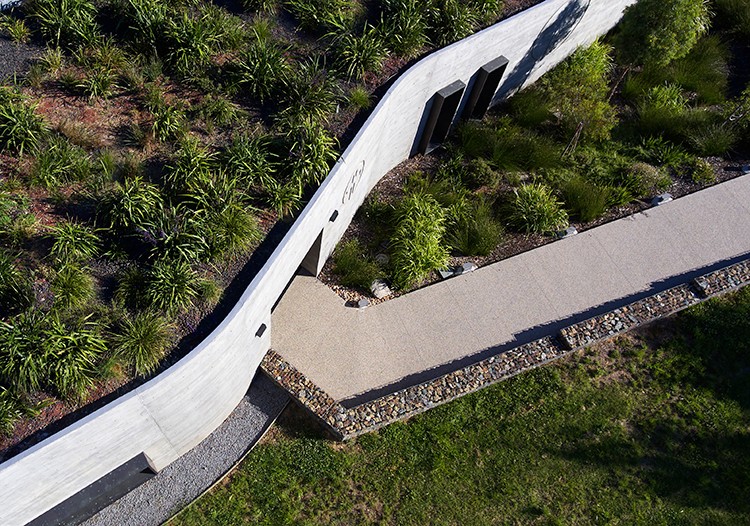
Image Credit: Fytogreen Australia
Designing with ecologies and therefore the biodiversity that underlies functional and resilient gardens is a multi-dimensional approach which is sourly underrepresented in the garden design, landscape architecture, and living architecture industries. As per ecological assessments in habitat, designing with ecologies on buildings requires repeated observation and adjustment to generate resiliency, adaptive and site-specific (appropriate) outcomes.
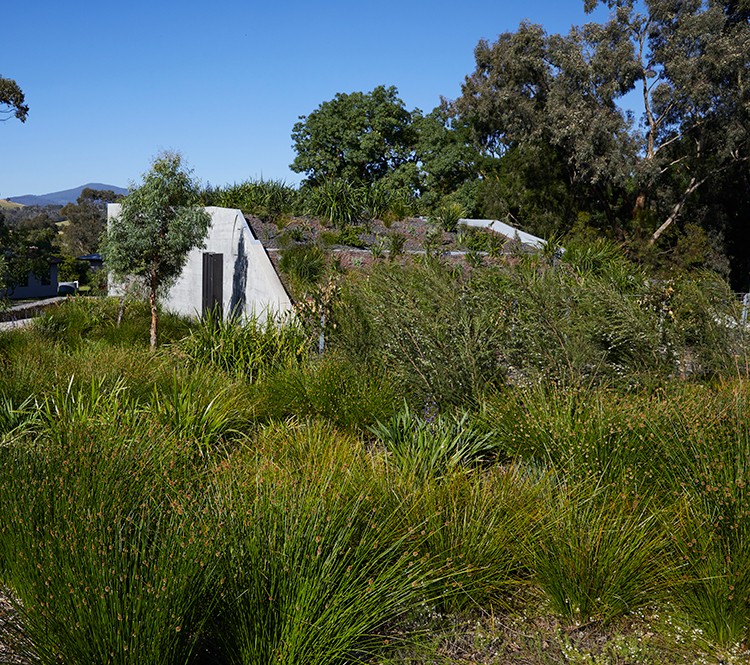
Image Credit: Fytogreen Australia
As we move through Australia, its many climates from alpine; cool temperate; oceanic; warm temperate; subtropical; tropical and wet to arid exposures through each respectively (to name a few), we also encounter windy and protected, coastal and inland matrices each of which requires variations in assessment and design methodologies. Biodiversity provides us with tools to be responsive to site, client needs, expectations, timelines, and to generate functional ecologies.
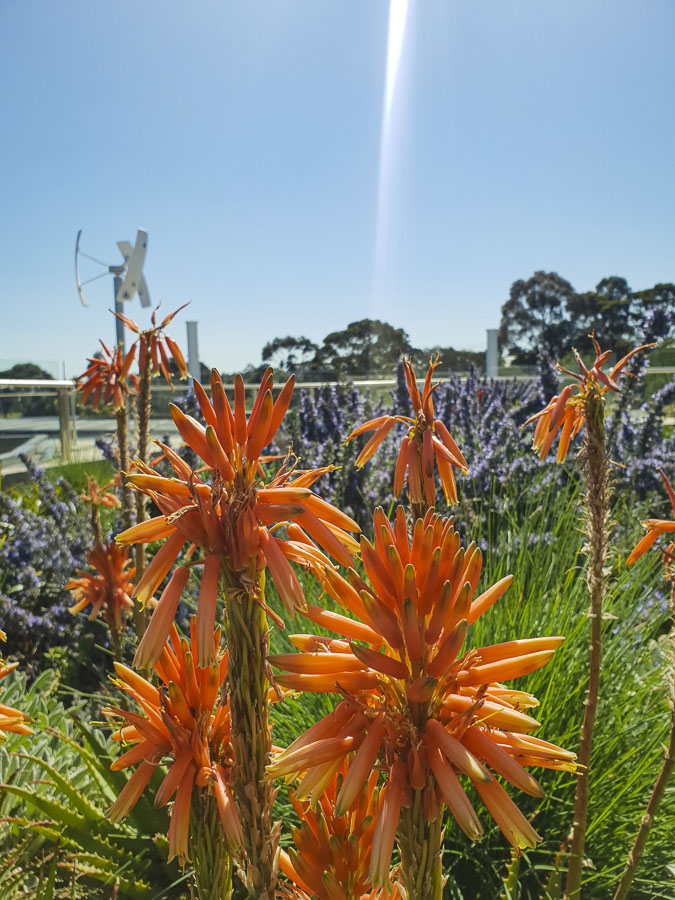
Image Credit: Fytogreen Australia
Whether we design for formal, informal, natural or habitat aesthetics, biodiversity aids us in merging gardens on platform with the surrounding landscape. This ensures our human habitats are up to the task to cope with change, engage the wider community and provide for us as opposed to constantly require inputs from us to survive or cope.
Biodiversity allows us to design with nature, thus gifting ourselves, our clients, and the built environment with added value that inherently generates, responds, and self-perpetuates. It’s a valuable tool that provides cost-savings and resiliency when we need it most.
~ Erik van Zuilekom

Erik van Zuilekom is Fytogreen’s in-house Botanist and a species selection & design specialist – vertical garden & living architecture applications. Offering astute design & assessment expertise for the production of adaptive, robust & resilient (designed) ecologies. I would like to see green life ecologies deeply integrated into the urban fabric & psyche, not as passive claddings, rather as responsive technologies.
Fytogreen is Australia’s leading green infrastructure specialist and technical knowledge is gained from its targeted research and development process. Fytogreen is fortunate to be a leader in this field, with experience gained through exposure to an extensive diversity of applications, coupled with long-term monitoring of these installations.
Follow Erik on Instagram – United Natures Design
If you have a specific topic your would like covered by Erik or have any comments, please email lisa@fytogreen.com.au
 Greenroofs.comConnecting the Planet + Living Architecture
Greenroofs.comConnecting the Planet + Living Architecture
